Motorbike & Scooter Rental in Chiang Mai | Trusted Since 2010
Explore Chiang Mai with Cat Motors, a scooter rental and motorbike rental service trusted since 2010. Thousands of international visitors choose us to explore Chiang Mai and Northern Thailand safely.
We offer a wide selection of bikes for riding in Chiang Mai and surrounding areas. Our fleet includes automatic scooters, semi-automatic motorbikes, manual motorcycles, 300cc enduro, and big bikes like the Honda NX500.
Flexible terms – rent by day, week, or month, and extend easily if your plans change.
On our website, you’ll find details on all motorbikes, terms and rates, plus safety tips for riding Northern Thailand’s steep mountain roads.
We also share recommended routes, local attractions, riding advice, and traffic regulations in English. For directions from the airport, train, or bus station, see our contact page with maps and details.
Choose your bike and ride Northern Thailand at your own pace.
Siri, Co-founder of Cat Motors
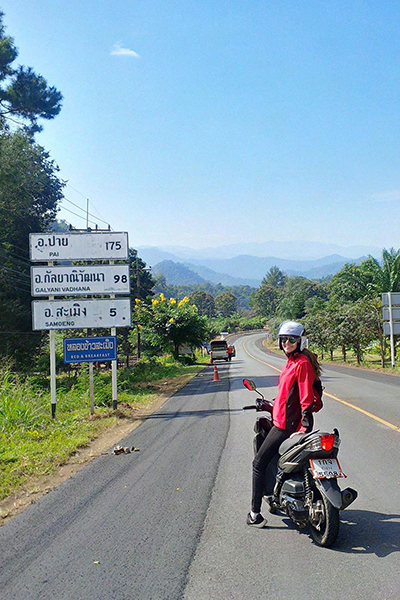
PS: Riding in Thailand isn’t for beginners – our roads are tricky, and traffic can be unpredictable. If you’re reckless or have zero experience, you might find yourself a Darwin Awards nominee sooner than you’d like.
Our prices are tailored to the length of your booking – the longer you rent, the lower your daily rate becomes. For more details about daily, weekly, or extended booking options, you can contact our team through the contact page. We accept reservations up to 3 days in advance of your start date, subject to availability. Please contact us directly to arrange your booking.
Our Fleet
Automatic Scooters
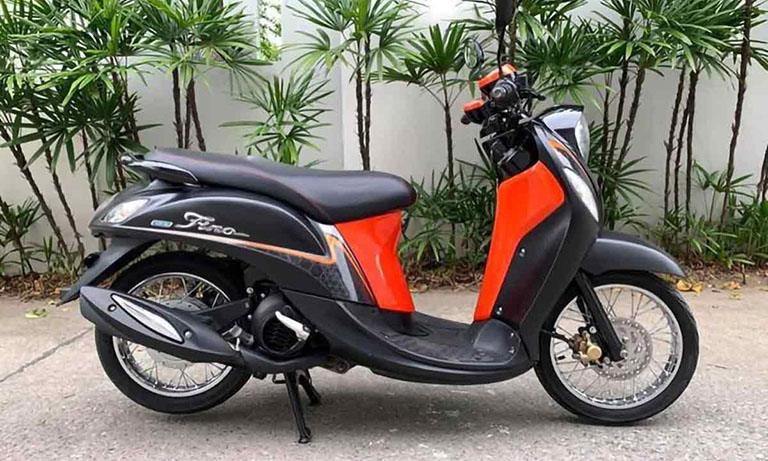
125cc, 4th gen, LED
Experience the legendary Yamaha scooter with sleek lines and graceful design. Limited availability, so don't miss this exceptional ride.
250–300 THB per day
1300–1500 THB per week
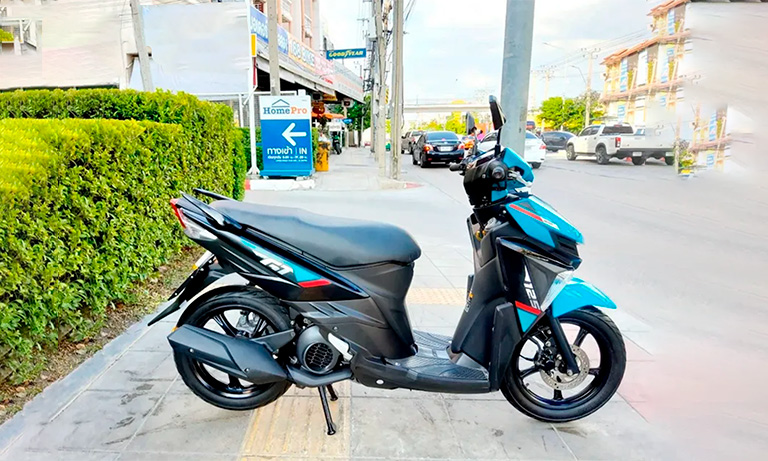
125cc, 2nd gen, LED
Lightweight and sporty design. Blue Core technology delivers responsive power and exceptional fuel economy.
300–330 THB per day
1300–1500 THB per week
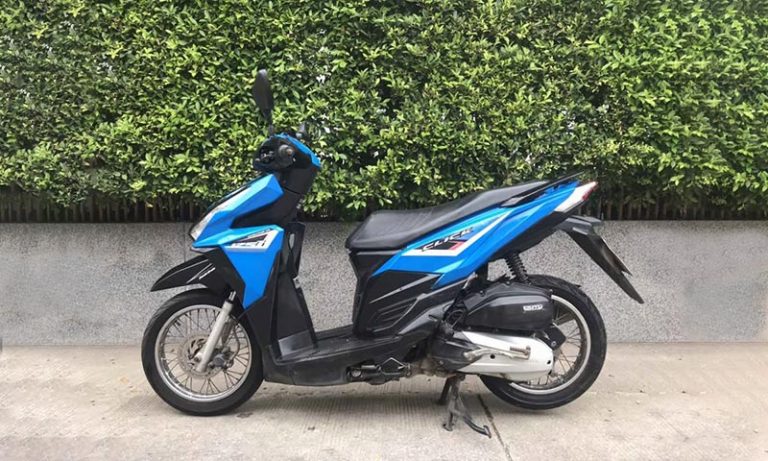
125cc, 2nd gen, LED
2nd generation Honda Click with smooth injection system. Bright LED headlamp for enhanced visibility.
300–350 THB per day
1300–1600 THB per week
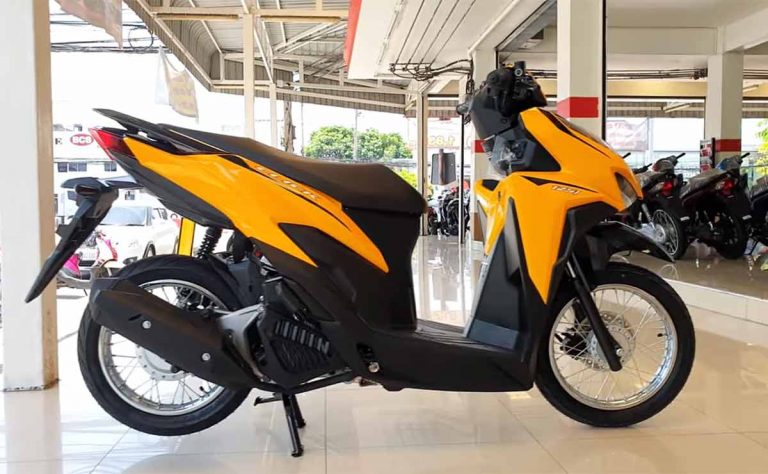
125cc, 3rd gen, LED
Our most popular scooter. Latest 3rd generation Honda Click featuring modern styling and advanced LED lighting system.
300–350 THB per day
1500–1800 THB per week
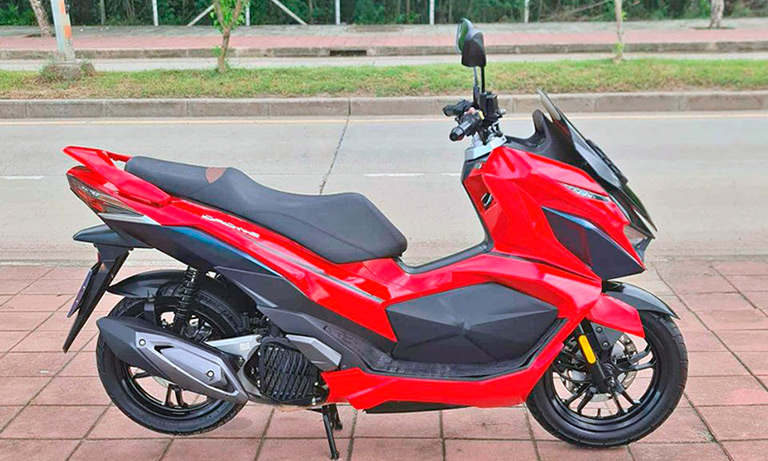
150cc, LED, Blue Core
Versatile and efficient model with superior handling. Advanced features and contemporary styling. Road use only.
400–500 THB per day
2400–3000 THB per week

155cc, LED, dual ABS
Premium urban mobility solution. Digital display, spacious under-seat storage, and dual ABS safety system.
500–700 THB per day
3000–4200 THB per week
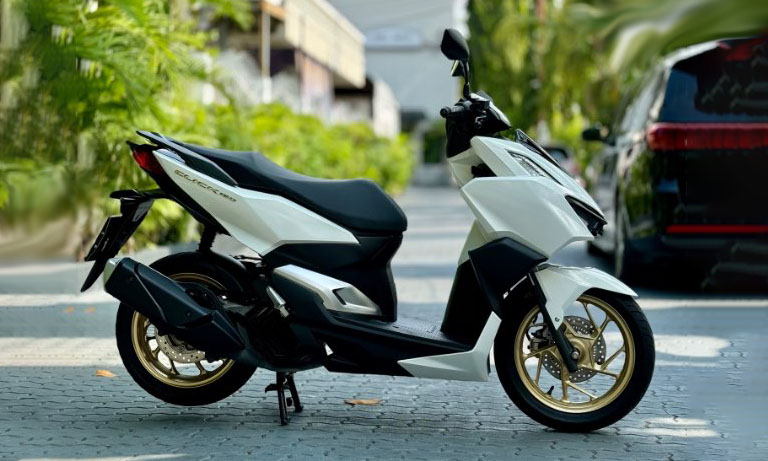
160cc, LED, ABS
Sleek and efficient with compact proportions. Enhanced power delivery and riding comfort.
400–500 THB per day
2400–3000 THB per week
Semi-Automatic Motorbikes
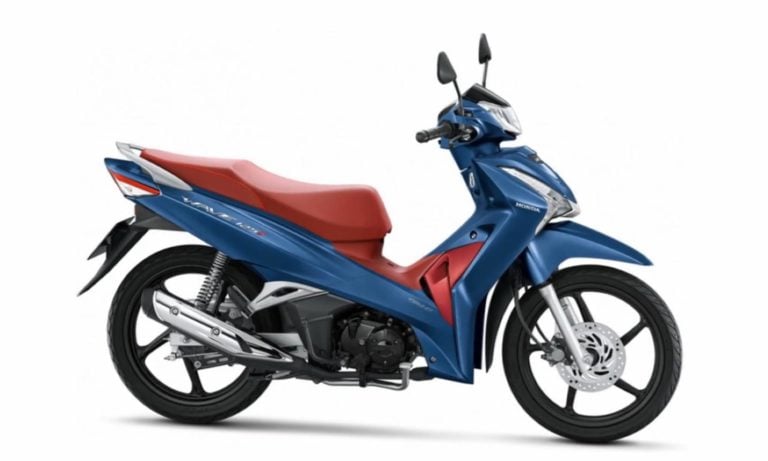
Honda Wave 125
125cc, semi-automatic, no clutch
Semi-automatic transmission without clutch operation. Excellent motorbike for mountain terrain with precise speed control on descents.
300–350 THB per day
1800–2100 THB per week
Maxi Scooters
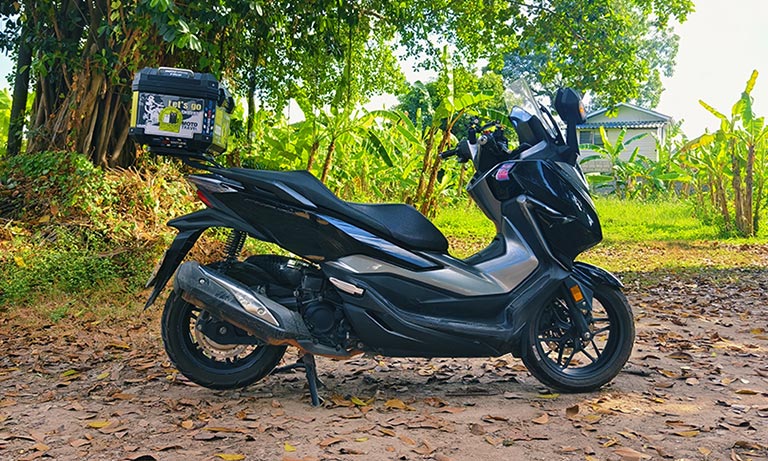
300cc, ABS, top box
Premium touring solution with exceptional comfort. Includes top box for extended travel convenience.
800–1000 THB per day
5000–6000 THB per week
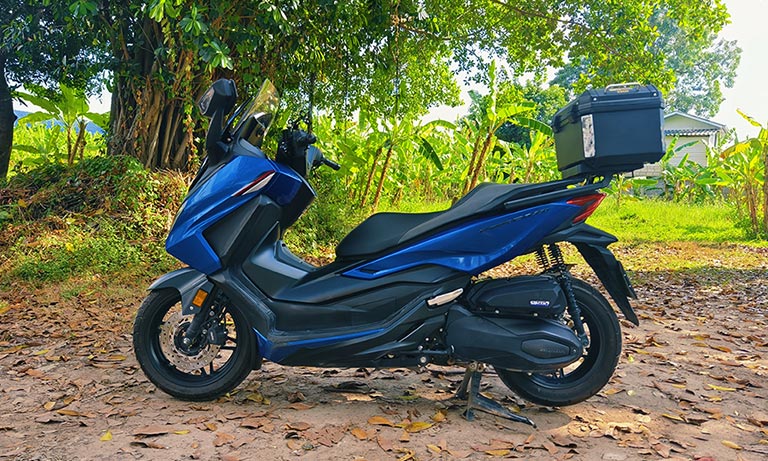
350cc, ABS, top box
Latest 2025 Honda Forza 350 models in our fleet. Top box included for maximum storage capacity.
1000–1200 THB per day
6000–7200 THB per week
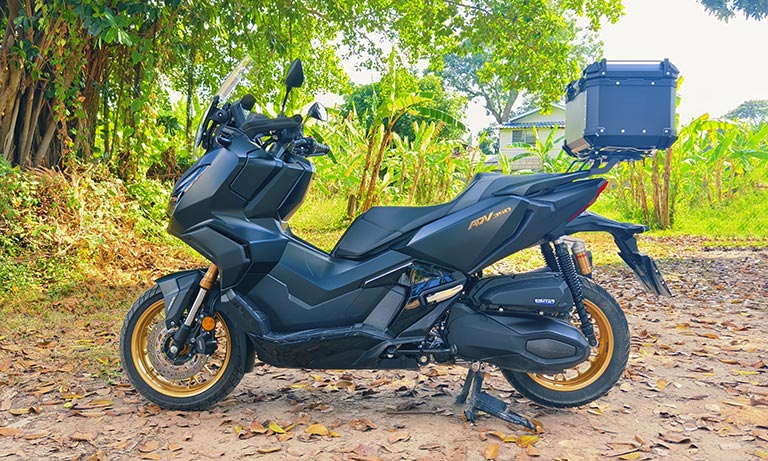
350cc, SUV, top box
Adventure-ready SUV design combining urban comfort with off-road capability. Versatile performance across diverse terrains.
1000–1200 THB per day
6000–7200 THB per week
Manual Motorcycles
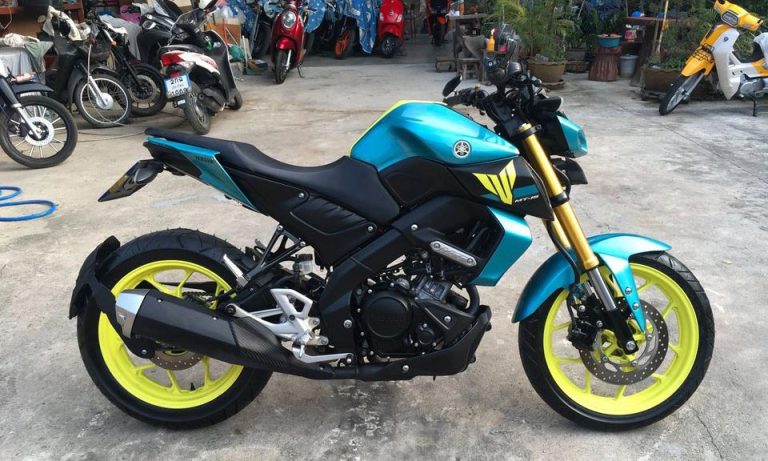
150cc, manual, street bike
Manual transmission street motorcycle with precise handling. Fuel-efficient performance for daily riding.
400–600 THB per day
2400–3000 THB per week
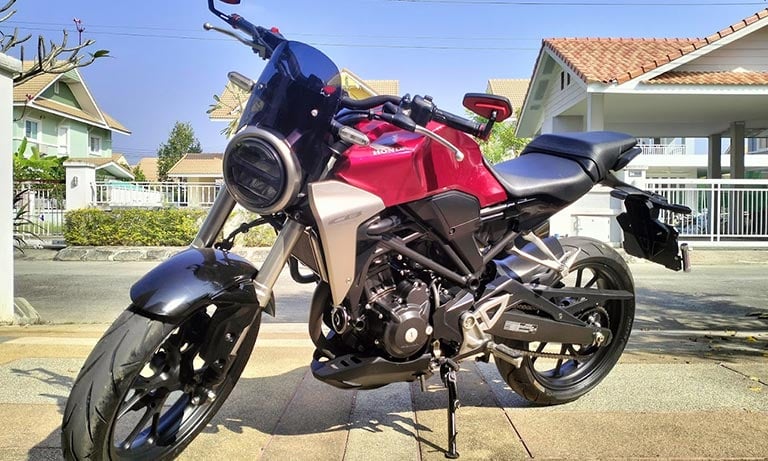
300cc, manual, street bike
Sporty and agile with 158 km/h top speed capability. Designed for spirited yet comfortable long-distance touring.
800–1000 THB per day
5000–6000 THB per week
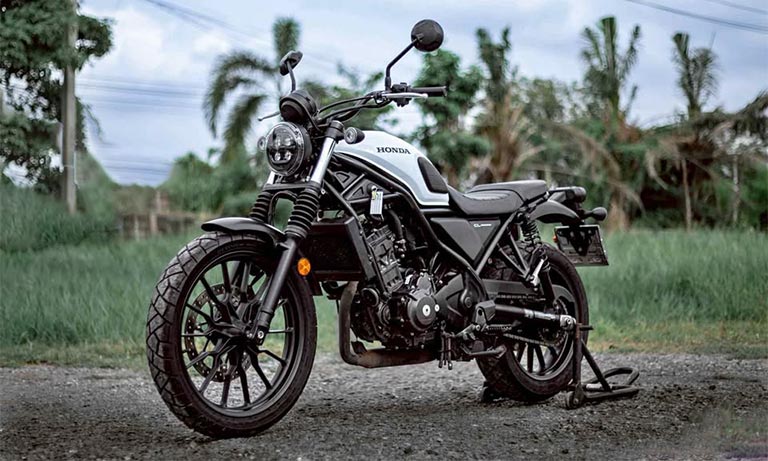
300cc, scrambler
Smooth, predictable power delivery and upright comfort, with e-clutch for easier launches and clutchless shifting when you want it.
800-1200 THB per day
4800–7200 THB per week
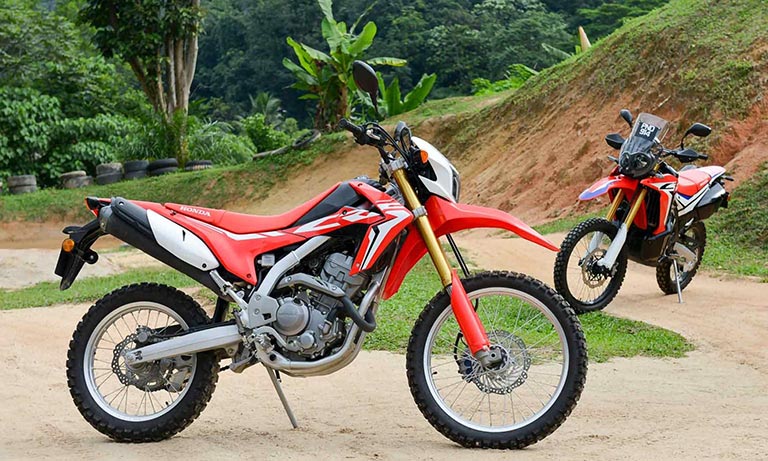
300cc, off-road, manual
True off-road capability with full trail riding permission. Unrestricted adventure access beyond paved roads.
800–1200 THB per day
4800–7200 THB per week
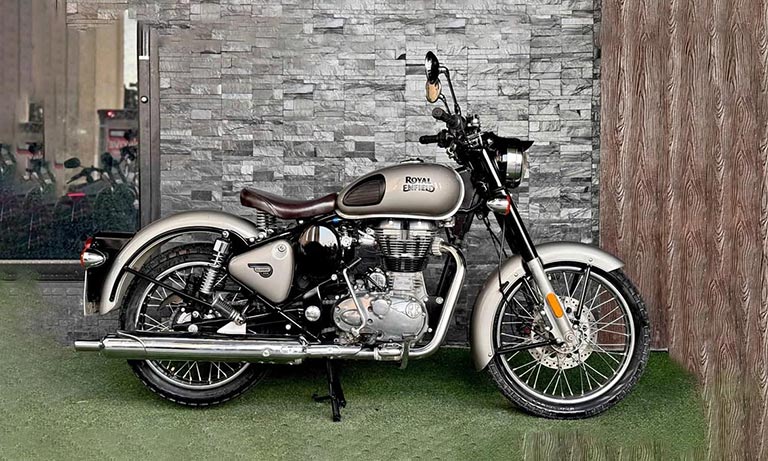
Royal Enfield Classic 350 (2026)
350cc, retro / modern classic bike
Timeless retro-styled 350cc single with smooth low-end torque and comfortable seating. Ideal for relaxed Chiang Mai riding and countryside routes.
1000-1200 THB per day
6000-7200 THB per week

500cc, manual, adventure
Advanced adventure platform succeeding the popular CB500X. Seamless transition from urban environments to challenging trails.
1200–1500 THB per day
7200–9000 THB per week
* The pricing of our motorbikes and scooter rental in Chiang Mai is based on the duration of use – longer periods result in lower daily rates. For more information on daily or weekly options, feel free to reach out to our team via the contact page. We also offer advance reservations, which can be made up to three days before your desired start date.
Plan Your Ride
We have crafted a comprehensive online guide detailing the most popular destinations and routes in Chiang Mai. Additionally, we have provided essential tips and insights for navigating the local roads, which can often be chaotic and unpredictable. These recommendations are designed with your safety in mind and may one day prove invaluable. For an in-depth look at these guides and articles, please refer to the menu on our website.
Rider Benefits
Included Extras
Free helmets and phone holders with every motorbike hire. Enjoy quick check-in at our office (open daily) with friendly staff support. We also provide free luggage storage. Please check bike availability before your visit.
Medical Insurance
Our fee includes comprehensive medical insurance, providing up to 300,000 baht in coverage for each driver and passenger. Ride with peace of mind, knowing your health is taken care of throughout your journey.
Roadside Assistance
Our customer service team provides remote assistance and friendly support and will guide you step by step through the insurance claim process when needed.
Customer Reviews
We understand that achieving perfection is impossible due to the inherent human factor, which can lead to errors and misunderstandings, especially when language barriers are present. We truly value your feedback and invite you to review what other travelers have shared on Facebook, TripAdvisor, and Google to gain a complete perspective on our motorbike hire service.
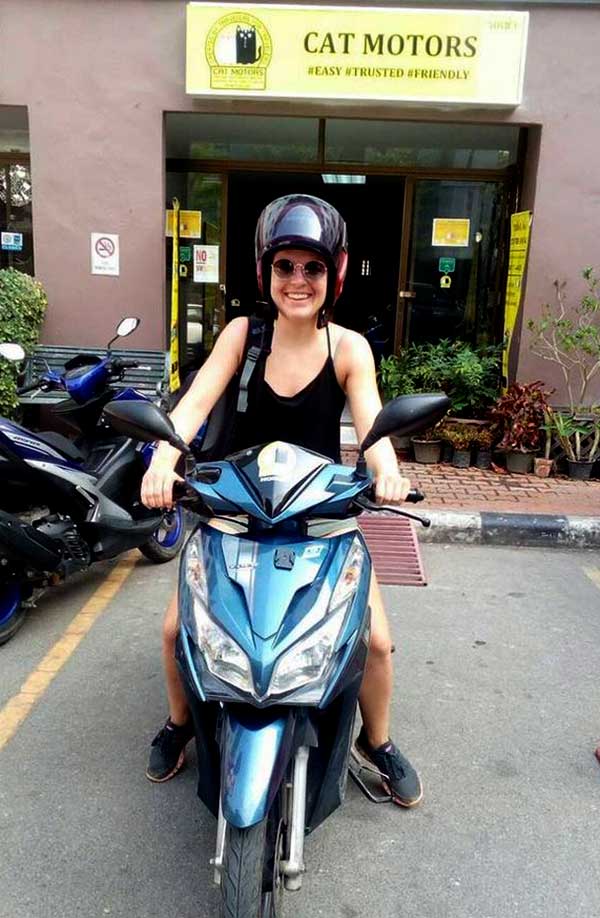
We rented four motorbikes for two weeks from Cat Motors for our family trip to Chiang Rai and Mae Hong Son loop. The booking process in Chiang Mai was quick and affordable. The bikes were in excellent condition, and we enjoyed riding over 1,000 km. Highly recommended!
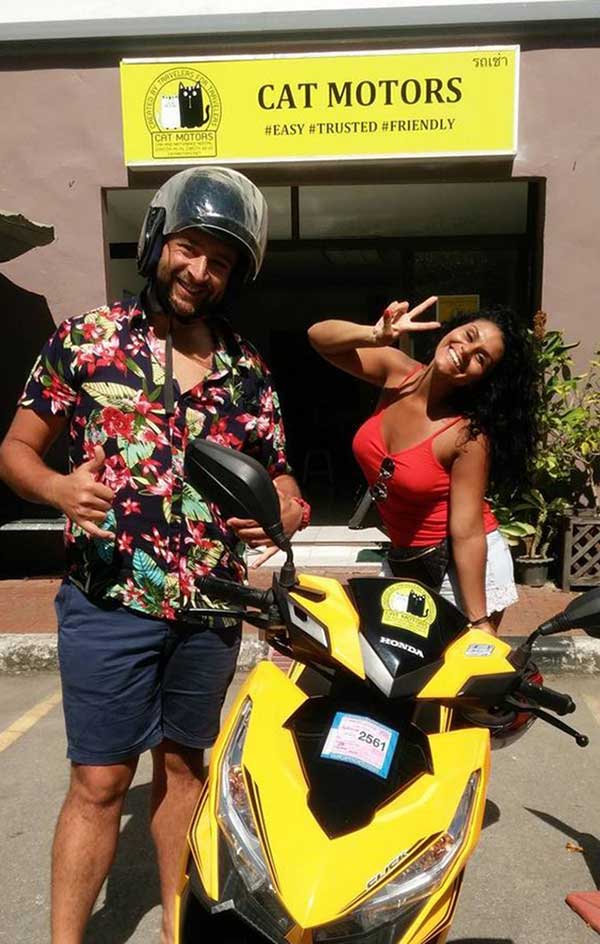
Very professional, fair and helpful staff. We rented a great Honda Click scooter, drove it up to Pai and back, and kept our big bags with them while doing it. Check-in and check-out was easy and seamless. I highly recommend Cat Motors for motorbike rental in Chiang Mai! Great service and reliable bikes!

We rent a motorbike for a day. Price was good, the bike was in perfect condition and we haven’t any issue. The staff is really friendly and nice! It was the best motorbike hire service in Chiang Mai!
Why Choose Us
Our motorbikes are maintained according to the manufacturer’s service schedule. We keep our scooter fleet in good working condition. We use original spare parts and consumables from established suppliers.
If any issues arise during your trip – such as a burned-out bulb, discharged battery, or lost key – we provide remote support to help resolve the situation. In most cases, we assist with finding a nearby mechanic. When necessary, we can arrange to collect the bike ourselves.
Included with every booking:
- Motorbike maintained to scheduled service standards
- Daily mileage allowance without strict limits
- Anti-theft lock and basic first aid kit
- Three-quarter or full-face helmets for rider and passenger
- Medical insurance (coverage up to 300,000 THB)
- Remote support during your trip
For complete information on pricing and rental conditions, please see our Terms & Rates. All costs and policies are explained there.

FAQ: Renting in Chiang Mai
Scooter rental starts from 200-350 THB per day for 125cc automatic models. Monthly packages available from 99 THB/day. Big bikes (Honda NX500) cost 1,200-1,400 THB daily for experienced riders. All rentals include helmet and 300,000 THB medical insurance coverage.
To legally ride scooters and motorbikes in Chiang Mai and Thailand, ASEAN citizens need only their domestic motorcycle license. Other foreigners require an International Driving Permit (IDP) with motorcycle endorsement plus their home country license. Riding without proper documentation risks 2,000-5,000 THB fines and invalidates insurance.
Bring passport, valid motorcycle license, and cash deposit. We can make passport copies free of charge at our Chiang Mai office. Deposit ranges from 3,000-5,000 THB for scooters and motorbikes, up to 10,000-15,000 THB for big bikes depending on model. We verify riding experience and may decline rentals to inexperienced riders for safety reasons. All documentation ensures insurance validity and legal compliance.
Thailand ranks high in road fatalities with scooters accounting for 74% of highway deaths. Many tourists ride safely, but scooter accidents often result from inexperience and unfamiliar traffic patterns. Always wear helmets, avoid heavy traffic if inexperienced, and stay alert to local road conditions.
Every rental includes well-maintained motorbike, two helmets, phone holder, first aid kit, anti-theft lock, and 300,000 THB medical insurance for driver and passenger. Free delivery for weekly rentals within city limits.
Medical insurance up to 300,000 THB covers driver and passenger with remote accident support. However, damage insurance for commercial motorcycles (rental bikes) doesn’t exist in Thailand, unlike car rental insurance which covers both private and commercial vehicles. We offer transparent repair policies instead of misleading “damage coverage.”
Place advance reservations up to 3 days before start date, recommended during peak season (October-March). This policy ensures accurate availability since rental schedules change frequently with extensions and early returns. Same-day bookings subject to inventory. Free hotel delivery for weekly+ rentals within Chiang Mai city limits.
For accidents: call emergency services (191 police, 1669 ambulance), contact us for insurance assistance, take photos, seek medical attention. For breakdowns: we provide remote support and arrange mechanic assistance or bike collection when necessary.
Sure, we sponsor travel bloggers by providing motorbikes for their journeys. This allows you to explore more and share experiences with your audience while we gain exposure through your content. Contact us with details about your blog, audience reach, and examples of travel articles for partnership opportunities.
